-
 bitcoin
bitcoin $124586.364639 USD
0.62% -
 ethereum
ethereum $4670.671710 USD
3.33% -
 xrp
xrp $2.983701 USD
0.18% -
 tether
tether $1.000175 USD
-0.03% -
 bnb
bnb $1209.430642 USD
2.76% -
 solana
solana $231.365861 USD
0.51% -
 usd-coin
usd-coin $0.999665 USD
-0.02% -
 dogecoin
dogecoin $0.264657 USD
4.46% -
 tron
tron $0.346415 USD
1.60% -
 cardano
cardano $0.871586 USD
3.70% -
 chainlink
chainlink $23.451270 USD
7.56% -
 hyperliquid
hyperliquid $46.860071 USD
-2.96% -
 ethena-usde
ethena-usde $1.000120 USD
0.04% -
 sui
sui $3.611279 USD
1.08% -
 stellar
stellar $0.407149 USD
0.96%
How to play Bybit exchange contract
Bybit exchange contract trading involves speculating on cryptocurrency prices using margin and leverage, with a range of contract options for various trading preferences.
Nov 07, 2024 at 06:07 am
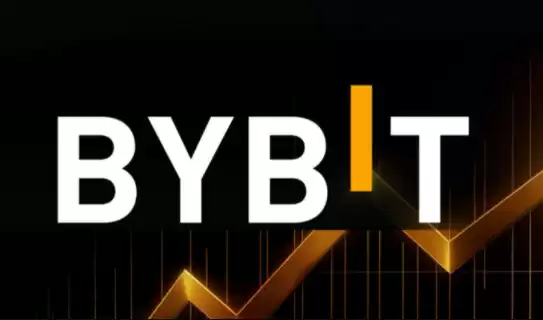
How to Play Bybit Exchange Contract
Bybit exchange contract is a derivative product that allows users to speculate on the future price of cryptocurrencies. It is similar to a traditional futures contract, but it is traded on a cryptocurrency exchange instead of a regulated futures exchange.
Bybit exchange contracts are available for a variety of cryptocurrencies, including Bitcoin (BTC), Ethereum (ETH), and Litecoin (LTC). The contracts are traded in margin, which means that users can use leverage to increase their potential profits. However, leverage also increases the risk of loss.
To play Bybit exchange contract, you will need to:
- Create a Bybit account.
2.Fund your account with cryptocurrency.
- Choose a contract to trade.
- Decide on your desired leverage.
- Place an order.
- Monitor your position and manage your risk.
1. Create a Bybit Account
The first step is to open a Bybit account. You can visit the Bybit website and click on the "Sign Up" button. You will be prompted to enter your email address and create a password.
Once you have created an account, you will need to verify your email address. You can do this by clicking on the verification link that will be sent to your email address.
2. Fund Your Account with Cryptocurrency
Once your account is verified, you will need to fund it with cryptocurrency. You can do this by clicking on the "Deposit" button in the top menu bar. You will be presented with a list of supported cryptocurrencies.
Choose the cryptocurrency that you want to use and enter the amount that you want to deposit. You will then be provided with a deposit address. You can send your cryptocurrency to this address to fund your account.
3. Choose a Contract to Trade
Once you have funded your account, you can start trading contracts. Bybit offers a variety of contracts, including:
- Perpetual contracts: These contracts do not have an expiry date and can be held indefinitely.
- Quarterly contracts: These contracts expire every three months.
- Weekly contracts: These contracts expire every week.
You can choose the type of contract that you want to trade based on your trading strategy. If you are unsure which contract to trade, you can read the Bybit documentation or consult with a financial advisor.
4. Decide on Your Desired Leverage
Leverage is a tool that allows you to increase your potential profits. However, it also increases your risk of loss. Bybit offers up to 100x leverage on some contracts.
The amount of leverage that you use will depend on your risk tolerance and trading strategy. If you are unsure how much leverage to use, you can start with a lower amount and gradually increase it as you gain experience.
5. Place an Order
Once you have chosen a contract to trade and decided on your desired leverage, you can place an order. You can place an order by clicking on the "Trade" button in the top menu bar.
You will be presented with an order form. You will need to enter the following information:
- Contract: The contract that you want to trade.
- Order type: The type of order that you want to place.
- Side: The side of the market that you want to trade on.
- Quantity: The number of contracts that you want to trade.
- Price: The price at which you want to place the order.
- Leverage: The leverage that you want to use.
Once you have entered all of the required information, you can click on the "Place Order" button. Your order will be submitted to the market and will be executed when the market price reaches the price that you specified.
6. Monitor Your Position and Manage Your Risk
Once you have placed an order, you will need to monitor your position and manage your risk. You can do this by clicking on the "Positions" tab in the top menu bar.
You will be presented with a list of your open positions. You can view the following information for each position:
- Contract: The contract that you are trading.
- Side: The side of the market that you are trading on.
- Quantity: The number of contracts that you are trading.
- Price: The price at which you entered the position.
- Mark Price: The current market price of the contract.
- Unrealized P/L: The unrealized profit or loss on the position.
- Liquidation Price: The price at which your position will be liquidated if the market price moves against you.
You should monitor your positions regularly and take steps to manage your risk. This includes setting stop-loss orders and adjusting your leverage as needed.
Disclaimer:info@kdj.com
The information provided is not trading advice. kdj.com does not assume any responsibility for any investments made based on the information provided in this article. Cryptocurrencies are highly volatile and it is highly recommended that you invest with caution after thorough research!
If you believe that the content used on this website infringes your copyright, please contact us immediately (info@kdj.com) and we will delete it promptly.
- BlockDAG, DOGE, HYPE Sponsorship: Crypto Trends Shaping 2025
- 2025-10-01 00:25:13
- Deutsche Börse and Circle: A StableCoin Adoption Powerhouse in Europe
- 2025-10-01 00:25:13
- BlockDAG's Presale Buzz: Is It the Crypto to Watch in October 2025?
- 2025-10-01 00:30:13
- Bitcoin, Crypto, and IQ: When Genius Meets Digital Gold?
- 2025-10-01 00:30:13
- Stablecoins, American Innovation, and Wallet Tokens: The Next Frontier
- 2025-10-01 00:35:12
- NBU, Coins, and Crypto in Ukraine: A New Yorker's Take
- 2025-10-01 00:45:14
Related knowledge
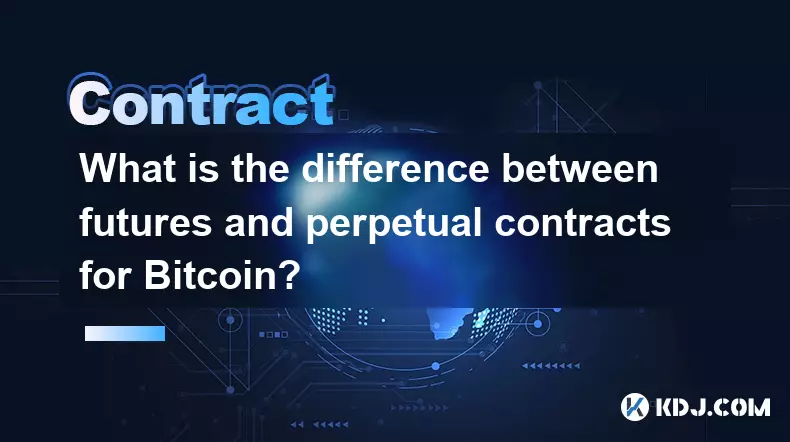
What is the difference between futures and perpetual contracts for Bitcoin?
Oct 02,2025 at 11:54pm
Understanding Bitcoin Futures Contracts1. Bitcoin futures are derivative instruments that allow traders to speculate on the future price of Bitcoin at...
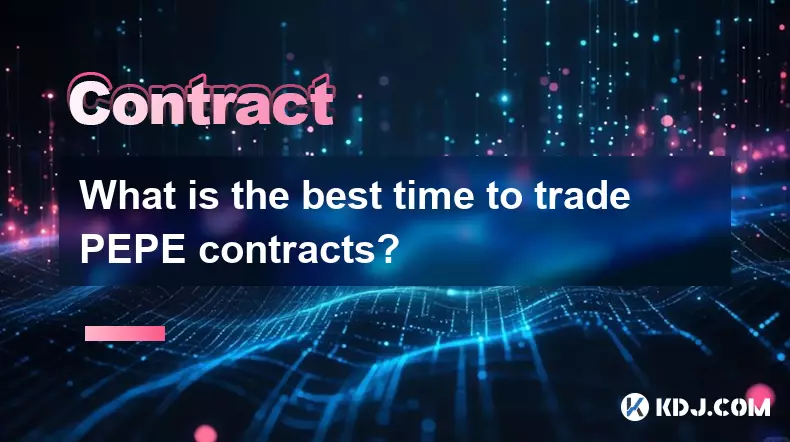
What is the best time to trade PEPE contracts?
Oct 03,2025 at 11:54am
Understanding PEPE Contract Volatility1. PEPE contracts exhibit extreme price fluctuations due to their meme-based nature and low market cap. Trading ...
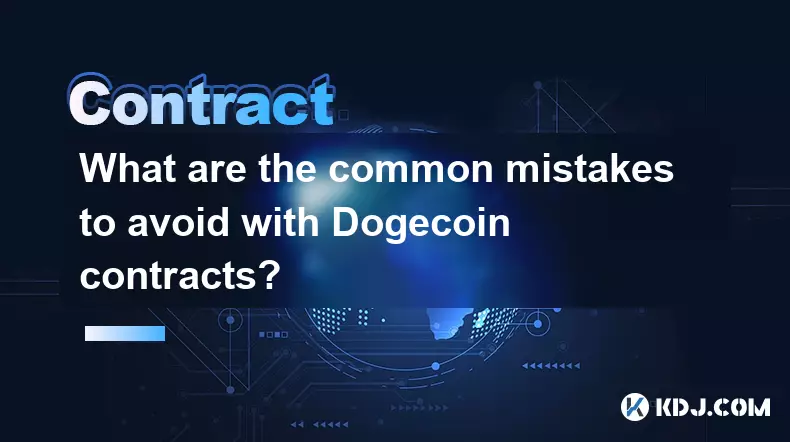
What are the common mistakes to avoid with Bitcoincoin contracts?
Oct 03,2025 at 08:54am
Emerging Trends in the Cryptocurrency Market1. Decentralized finance (DeFi) platforms continue to expand their influence across the blockchain ecosyst...

What is the maintenance margin for Bitcoin contracts?
Oct 02,2025 at 01:36am
Decentralized Exchanges Gain Momentum in 20241. Decentralized exchanges (DEXs) have seen a significant rise in trading volume, surpassing centralized ...
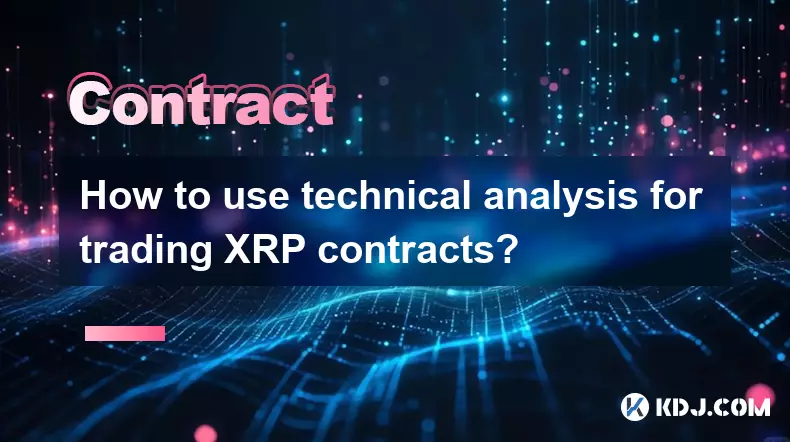
How to use technical analysis for trading XRP contracts?
Oct 03,2025 at 01:18pm
Understanding Price Patterns in XRP Futures1. Identifying chart patterns such as triangles, head and shoulders, and double tops or bottoms can provide...

What does "longing" PEPE contracts mean?
Oct 03,2025 at 11:54pm
Understanding Decentralized Exchanges in the Crypto Ecosystem1. Decentralized exchanges (DEXs) operate without a central authority, allowing users to ...

What is the difference between futures and perpetual contracts for Bitcoin?
Oct 02,2025 at 11:54pm
Understanding Bitcoin Futures Contracts1. Bitcoin futures are derivative instruments that allow traders to speculate on the future price of Bitcoin at...

What is the best time to trade PEPE contracts?
Oct 03,2025 at 11:54am
Understanding PEPE Contract Volatility1. PEPE contracts exhibit extreme price fluctuations due to their meme-based nature and low market cap. Trading ...

What are the common mistakes to avoid with Bitcoincoin contracts?
Oct 03,2025 at 08:54am
Emerging Trends in the Cryptocurrency Market1. Decentralized finance (DeFi) platforms continue to expand their influence across the blockchain ecosyst...

What is the maintenance margin for Bitcoin contracts?
Oct 02,2025 at 01:36am
Decentralized Exchanges Gain Momentum in 20241. Decentralized exchanges (DEXs) have seen a significant rise in trading volume, surpassing centralized ...

How to use technical analysis for trading XRP contracts?
Oct 03,2025 at 01:18pm
Understanding Price Patterns in XRP Futures1. Identifying chart patterns such as triangles, head and shoulders, and double tops or bottoms can provide...

What does "longing" PEPE contracts mean?
Oct 03,2025 at 11:54pm
Understanding Decentralized Exchanges in the Crypto Ecosystem1. Decentralized exchanges (DEXs) operate without a central authority, allowing users to ...
See all articles










































































